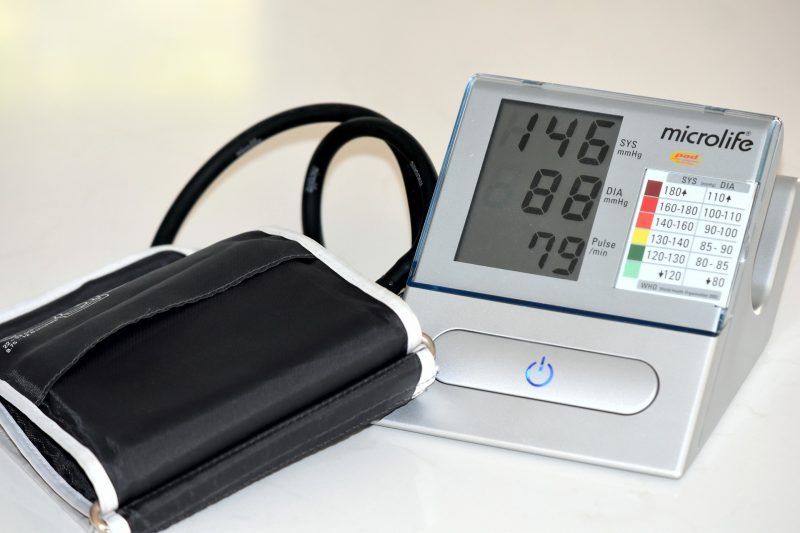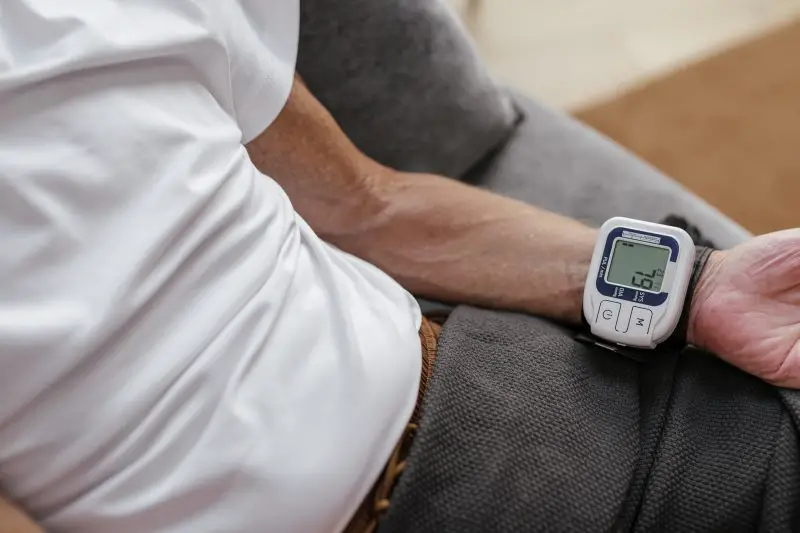
Quick Guide For More Accurate Blood Pressure Reading
Staying on top of your heart health should be easy and convenient. Generally speaking checking your blood pressure at home means more accurate results. Being under doctors watch may be an intimidating and stressful situation that can cause your results to be inaccurate. This is is called white-coat syndrome.
The Best Home Blood Pressure Monitors are simple, accurate, easy to use and read the results. We want to save you from decision fatigue and have created a short yet comprehensive list to choose the right one for you. If you just want one without any further research you can check out our favorite upper arm blood pressure monitor here!
Easy Steps: Learn How To Use a Blood Pressure Monitor
Firstly your Blood Pressure Monitor should always come with an instruction booklet. Use the booklet to check how to tighten the cuff, take the blood pressure measurement and store your results. Ideally your new Blood Pressure Monitor has features such as cuff position corrector or excessive motion detector that can assist you during the check.
If you feel like you need further assistance and want to hear rather than read instructions you will need to look for a blood pressure monitor with voice broadcast feature. Follow the voice broadcast prompts accordingly.
We have also written down the general instructions below about how to use a upper arm blood pressure monitor. Remember that checking your blood pressure is not rocket science and importantly there is no need to stress about things being perfectly set. Stress elevates your heart rate and blood pressure and can lead to inaccurate results.
- Sit upright and keep feet flat on the floor. Rest your left arm on the table at the chest level. Wait a few minutes before you check your blood pressure.
- Place the inflatable cuff around your upper arm halfway between your shoulder and elbow. (Remove tight and thick clothing).
- Press start and wait the cuff to inflate. Stay still and quiet whilst the machine operates (30-60 seconds). Read the screen.
- Save or write your numbers down for record keeping
- Repeat the process 2-3 times for the best and most accurate results
- If needed (elevated blood pressure, hypertension) please seek help from your doctor!
Learn To Understand Your Blood Pressure Readings
The following guidelines for blood pressure readings are set by multiple organizations such as American Heart Association and American Collage of Cardiology. The guidelines are set low so people around the world would address high blood pressure and its serious consequences as early as possible. Knowledge is power if we take action – early detection is the key to save lives!
- Normal blood pressure: Lower than 120/80 mmHg
- Elevated blood pressure: Between 120-129/80 mmHg
- High blood pressure, stage 1 hypertension: Between 130-139/80-90 mmHg
- High blood pressure, stage 2 hypertension: 140/90 mmHg or higher
- Hypertensive crisis: 180/120 mmHg or higher
Healthy Blood Pressure is no more than 120/80 mmHg – Read about how to prevent and manage high blood pressure here! Please speak to your doctor if you have elevated blood pressure/hypertension and make a plan to get it under control. In hypertensive crisis Call 911 immediately!

